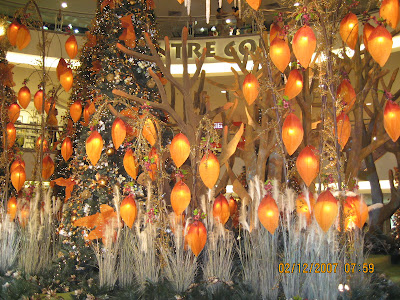Article from Self-Realization Fellowship Magazine. Issue: Spring 1979
If plants could talk, one can not help but wonder what they would tell us about their likes and dislikes. In The Sound of Music and Plants, Mrs.Retallack gives the reader an insight into the emotional reaction of plants to music. Jazz, pop, country, rock, ragas, Berg, Bernstein, or Bach - which type do they most enjoy? To find out, the author, a professional musician and wife of a medical doctor, conducted scientific experiments while working on her B.A. degree at Tempel Buell College(now Colorado Women's College).
The results were so interesting that her work received worldwide recognition through the news media - articles appeared in over 500 news papers and magazines, including the New york Times, Harper's Science Digest, and Reader's Digest. In addition CBS television filmed the experiments on time-lapse camera for a special feature on Cronkite News.
What is so novel about these experiments? It is not that this type of research is new; experimentation with the effect of music on plants has been going on for years.
The experimentation of the author has unique twist. She writes: "Although others have done experiments for reasons of better production, bigger flowers, and so on, apparently I was the first in US to do scientifically controlled experiments purely to see how plants react to different types of music." By carefully setting up controlled music chambers with all factors constant except the music, placing a speaker at one end of each sound chamber and various types of vegetable, flowering, and leafy plants in the middle, she set the stage for observing the plants' reaction to the sound of music.
She watched in dismay as one group drooped, faded, and turned away from the sound source. What is more, after eighteen days, they died. Only six feet away, in another sound chamber, the drama was strikingly different: "At the 14th day, the plants nearest speaker were leaning at 60-degree angle so as to almost embrace the speaker. The growth was noticeably lush and abundant, as were the roots." The difference? The first group has been listening to "acid rock" ( the term used to define a highly percussive, heavily rhythmic kind of rock music), and the second to East Indian devotional music. The evidence gathered from this experiment led to an intriguing theory.
"Of all the various kinds of music used," the author explains, "there were three kinds, apparently different in every way, that the plants responded to most favourably: East Indian devotional, Bach's 'Orgelbuchlein(Preludes based on Hymn Tunes of the Church Year), and jazz.
The author appeals to mankind to listen to what plants are trying to say and to consciously develop music as means of inspiration and upliftment of all forms of life - as a "bridge to Infinite."
The highest mission of music is to serve as a bridge between man and God.
Click the link below for more information on the experiments:
 "Consciousness can be experienced in some alternative dimension without our body-linked concepts of time and space. The brain is not producing consciousness, but it enables us to experience our consciousness."
"Consciousness can be experienced in some alternative dimension without our body-linked concepts of time and space. The brain is not producing consciousness, but it enables us to experience our consciousness."





